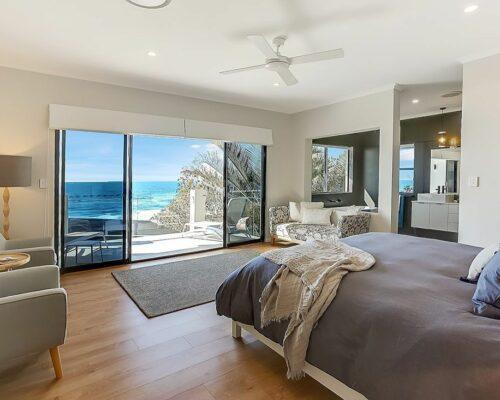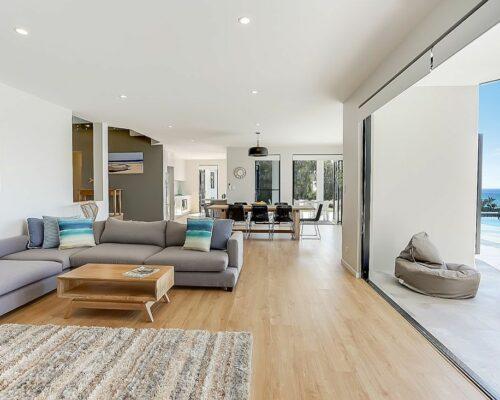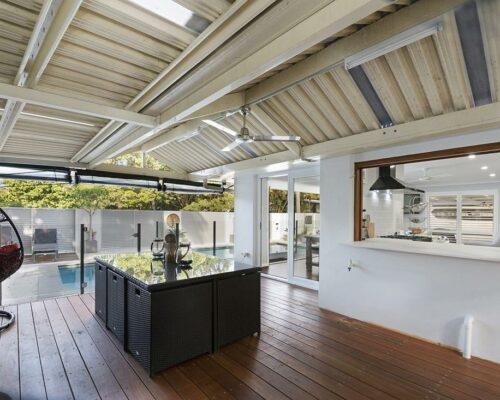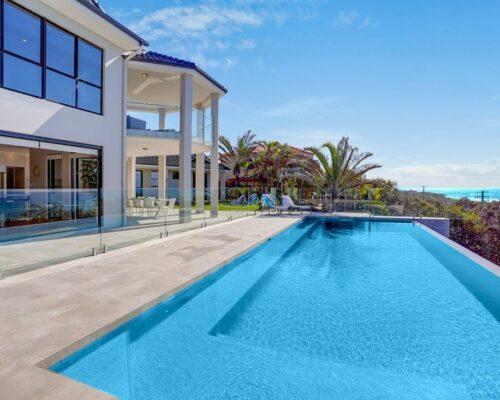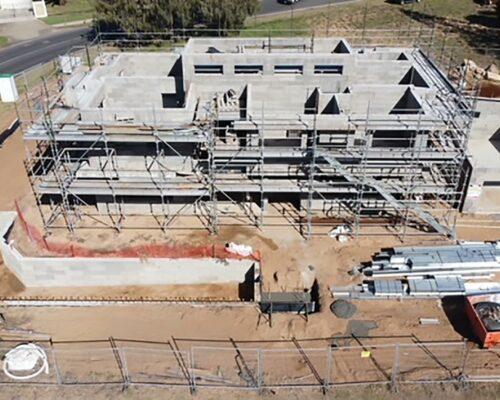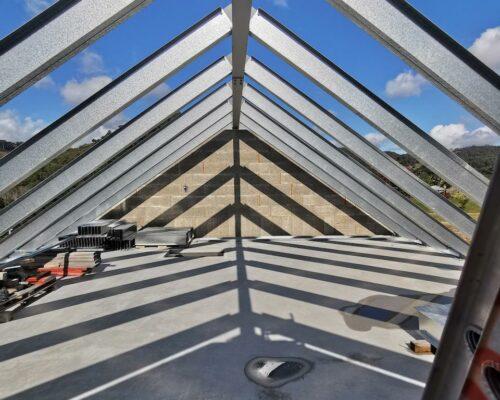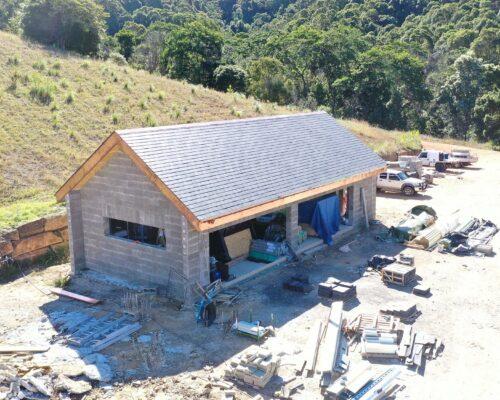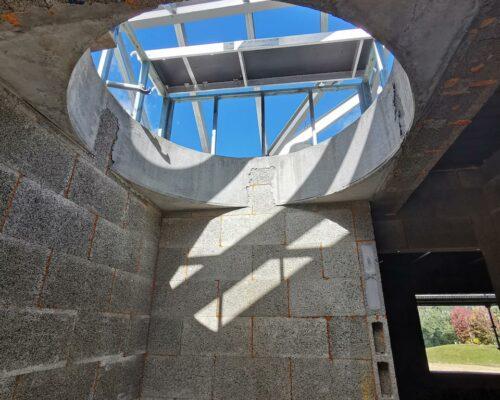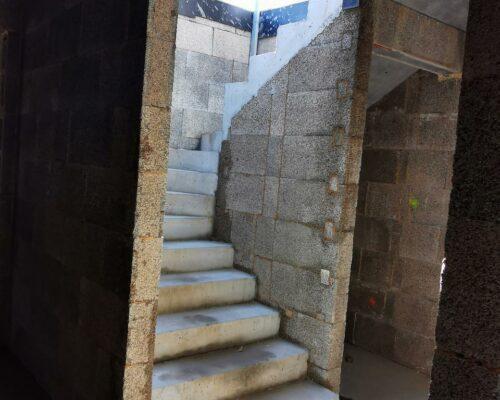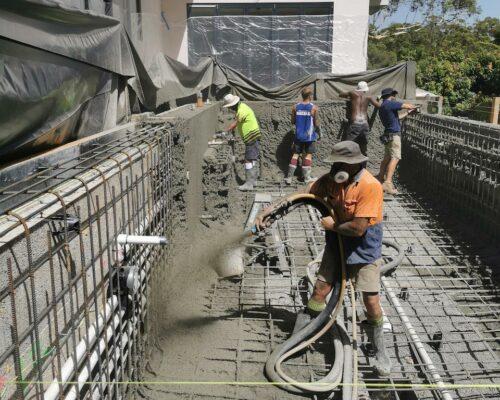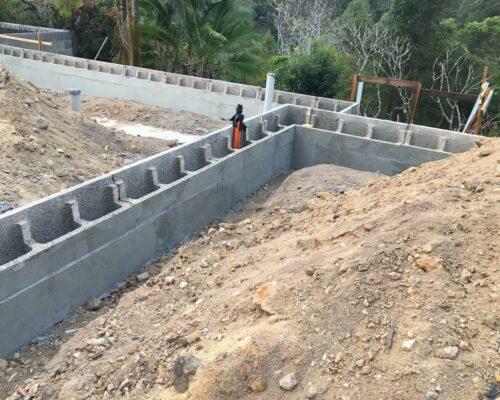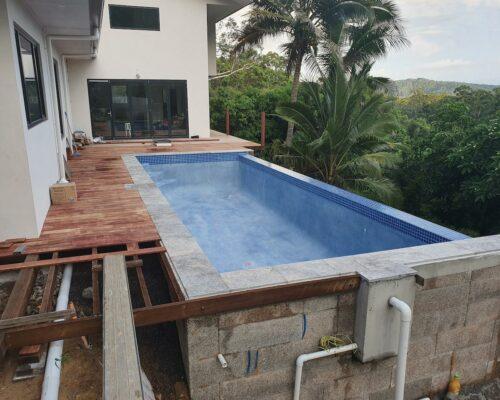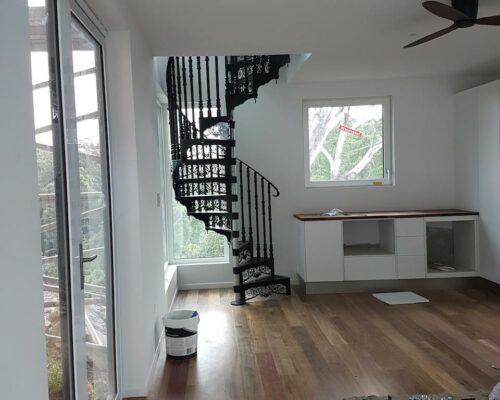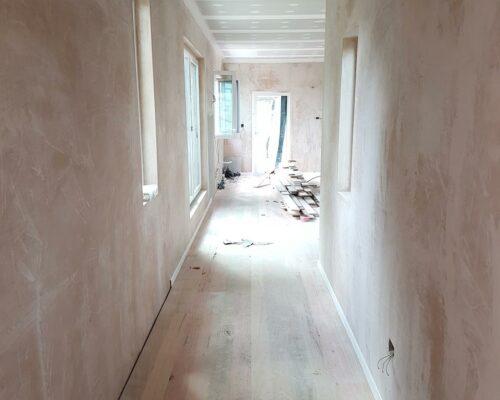Passive homes Australia
The future of energy-efficient homes
What is a passive home and how does it work?
At IDNA Homes, we specialise in designing and building passive homes, which represent a significant advancement in energy-efficient house design, prioritising comfort and sustainability without relying on conventional heating and cooling systems.
At its core, a passive home is designed to maintain a comfortable indoor temperature year-round through smart architectural design and high-performance building techniques.
Our expertise in passive home construction allows us to create living spaces that are not only environmentally friendly but also exceptionally comfortable for our clients across Australia. As leading eco home builders, we’re proud to be at the forefront of Australian passive homes construction.
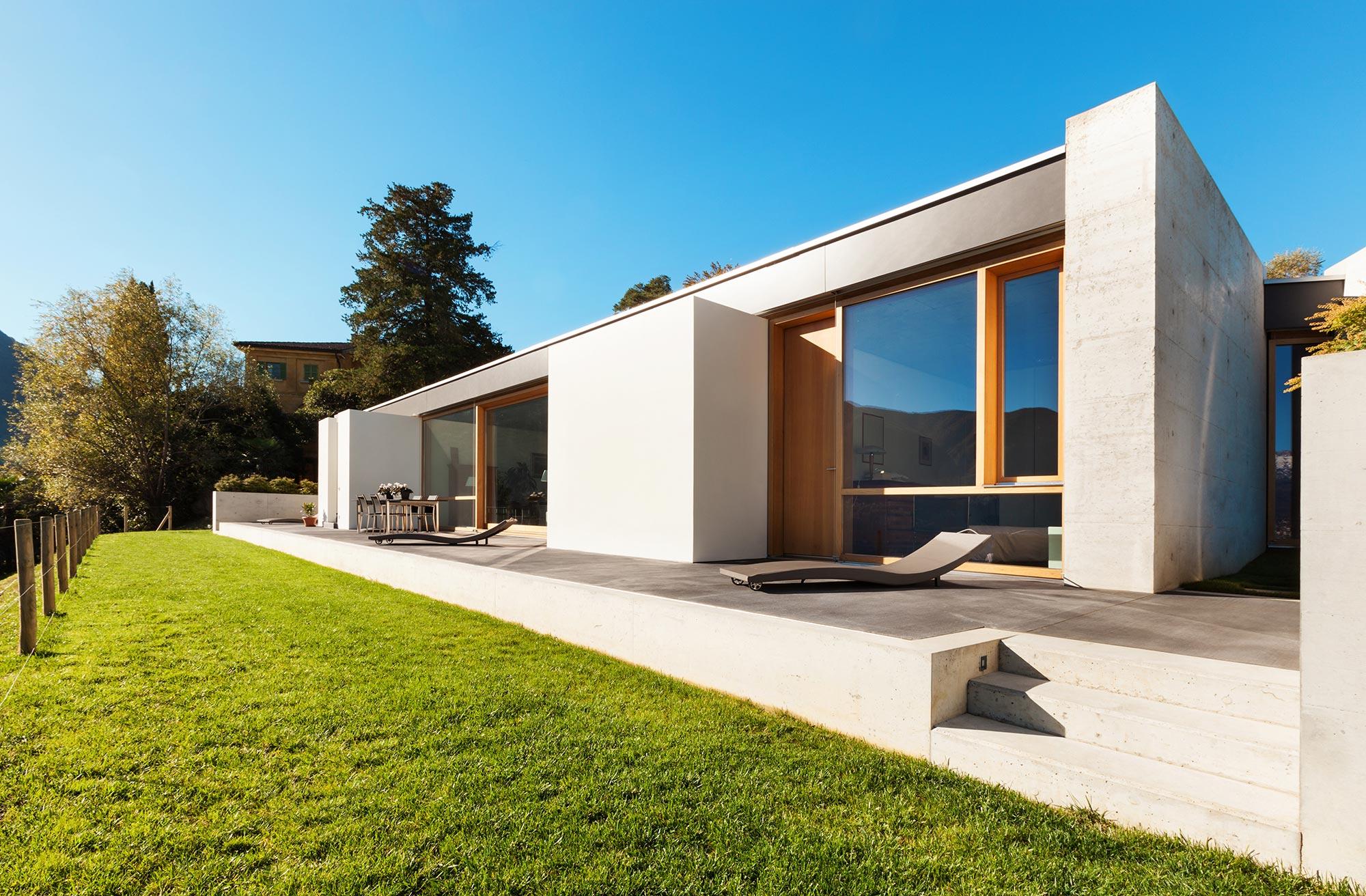
Key principles of passive house design
Passive solar design is a fundamental aspect of passive house standards. This approach involves strategically positioning your home to maximise solar gain during winter and minimise it during summer, significantly reducing energy consumption.
Passive solar heating is a key component of this design, utilising natural sunlight to warm your home efficiently.
Passive house standards also emphasise airtight construction and high-performance insulation, ensuring that heat generated inside the home stays put.
These principles result in consistent and comfortable indoor environments with minimal reliance on external heating sources. Our passive design expertise allows us to create energy efficient homes in Brisbane, the Gold Coast, and throughout Australia.
Ready to explore how passive solar design can transform your living space? Contact us today to learn more about our innovative home designs.
Benefits of living in a passive home
At IDNA Homes, we’ve seen firsthand how our passive home designs offer a multitude of benefits to our clients, making them a compelling choice for those interested in eco-friendly, comfortable, and cost-effective living.
Our expertise in passive home construction ensures that you can enjoy the following advantages:
Energy savings and lower utility bills
One of the primary advantages of passive homes in Australia is their exceptional energy efficiency. By incorporating passive solar design and high-performance insulation, these homes significantly reduce the need for artificial heating and cooling. This results in substantial energy savings and lower utility bills, making passive homes a smart financial investment over time.
Improved indoor air quality
Passive homes are designed with airtight construction and heat recovery ventilation systems, which contribute to superior indoor air quality. These systems continuously bring in fresh air while removing stale air, ensuring that your home remains healthy and comfortable.
Increased comfort and consistent temperatures
The consistent temperatures maintained in passive homes enhance overall comfort. Unlike traditional homes that may experience significant temperature swings, passive homes provide a stable and pleasant living environment throughout the year.
Reduced environmental impact
By minimising energy consumption, passive homes have a lower carbon footprint compared to conventional houses. This reduction in energy use not only benefits the environment but also aligns with the growing trend of sustainable living.
Essential features of a passive home
At IDNA Homes, we incorporate several essential features in our passive house designs to achieve optimal energy efficiency and comfort for our clients. These key elements work together to create a truly sustainable living environment.
High-performance insulation
High-performance insulation is a cornerstone of passive solar house design. It helps to keep the heat inside during the winter and outside during the summer, contributing to the home’s overall energy efficiency. Proper insulation also reduces noise, enhancing the comfort of your living space.
Airtight construction
Airtight construction ensures that your home is sealed against air leaks, preventing drafts and heat loss. This feature is crucial for maintaining the efficiency of the home’s heating and cooling systems.
Energy-efficient windows and doors
Windows and doors in passive homes are specially designed to minimise heat loss and gain. Triple-glazed windows and well-insulated doors are common features that help to maintain a consistent indoor temperature.
Heat recovery ventilation systems
Heat recovery ventilation systems are essential for ensuring that fresh air is continuously introduced while recovering heat from the outgoing stale air. This system enhances indoor air quality while reducing the need for additional heating.
Ready to incorporate these essential features into your new home? Contact us today to start designing your energy-efficient dream house.
Passive home design for Queensland's climate
Designing a passive home for Queensland’s hot and humid climate requires specific adaptations of passive house principles.
At IDNA Homes, we’ve developed expertise in creating comfortable, energy-efficient homes tailored to Queensland’s unique conditions. While we started as Sunshine Coast and Brisbane builders, our experience now extends nationwide, allowing us to adapt passive house principles to various Australian climates. Queensland’s climate presents unique challenges for passive solar design.
While the principles of passive house design remain the same, they must be adapted to manage the region’s heat and humidity effectively. This includes optimising shading to reduce solar gain and incorporating natural ventilation strategies to cool the home.
Strategies for natural cooling in Queensland homes
Our passive home designs for Queensland incorporate several key strategies to ensure year-round comfort. To address the hot climate, passive homes in Queensland often feature design elements that enhance natural cooling.
This includes cross-ventilation techniques, where strategically placed windows and vents allow cooler breezes to flow through the home. Additionally, overhangs and shading devices are used to protect windows from direct sunlight.
Managing solar gain is crucial in Queensland’s climate. Passive solar house design incorporates features such as adjustable shading systems and reflective window coatings to balance the amount of solar energy entering the home.
This ensures that the home remains cool during the hot months while still benefiting from passive solar heating in cooler periods.
The cost of building a passive home
Building a passive home often involves a higher initial investment compared to traditional homes. This is due to the need for specialised materials and advanced construction techniques.
At IDNA Homes, we understand this investment and work with our clients to create cost-effective solutions that meet their needs and budget. In Australia, there are various government incentives and rebates available for building energy-efficient homes.
These incentives can help to reduce the initial costs of constructing a passive home, making it a more accessible option for many homeowners.
Our team stays up-to-date with these incentives and can guide you through the process of accessing them.
Explore your passive home options - contact IDNA Homes today to get started.
Long-term savings of passive homes
While the initial cost may be higher, the long-term benefits of a passive home are substantial.
Over time, the energy savings from a passive home can be significant. The reduced need for heating and cooling translates to lower energy costs, providing a considerable return on investment.
Additionally, the increased comfort and improved indoor air quality contribute to a higher quality of living. Our clients often report enhanced well-being and satisfaction with their living environment, which adds immeasurable value to their investment.
At IDNA Homes, we believe that the long-term savings and improved quality of life make passive homes an excellent investment for forward-thinking homeowners.
Passive homes FAQs
Building a passive home typically involves a higher initial cost due to specialized materials and construction techniques. However, these costs are balanced by the long-term savings on energy bills. The exact cost difference can vary based on design choices and materials. Over time, the energy savings and potential government incentives can offset the initial investment.
Retrofitting existing homes to meet passive house standards is possible but can be challenging. Common retrofit options include improving insulation, upgrading windows and doors, and enhancing ventilation systems. The feasibility and cost of retrofitting depend on the current condition of the home and the extent of the modifications required.
Passive homes generally require less maintenance than traditional homes due to their high-quality construction and efficient systems. Maintenance typically involves regular checks of ventilation systems and occasional cleaning of filters. Compared to traditional homes, passive homes offer reduced maintenance needs and fewer issues related to drafts and temperature fluctuations.
Yes, passive homes can be adapted to Queensland’s hot and humid climate. Passive design principles, such as natural ventilation and shading, can be tailored to manage heat and humidity effectively. By incorporating strategies like cross-ventilation and adjustable shading, passive homes can maintain comfort and efficiency in tropical conditions.
The construction timeline for a passive home can be longer than for a traditional home due to the need for careful planning and specialized construction techniques. The exact duration depends on factors such as design complexity and site conditions. While the process may take a bit longer, the benefits of a well-designed passive home are well worth the extra time and effort.
Transform your living with a passive home
At IDNA Homes, we’re committed to bringing the benefits of passive home design to Australia. Our expertise in creating energy-efficient, comfortable, and sustainable homes can help you achieve a living space that’s not only kind to the environment but also to your wallet in the long run.
Whether you’re looking to build in Queensland’s hot and humid climate or elsewhere in Australia, our team is ready to guide you through every step of the process. From initial design to final construction, we ensure that your passive home meets the highest standards of efficiency and comfort.
Don’t just dream about a more sustainable future – start living it. Let’s work together to create a home that’s as good for you as it is for the planet.
